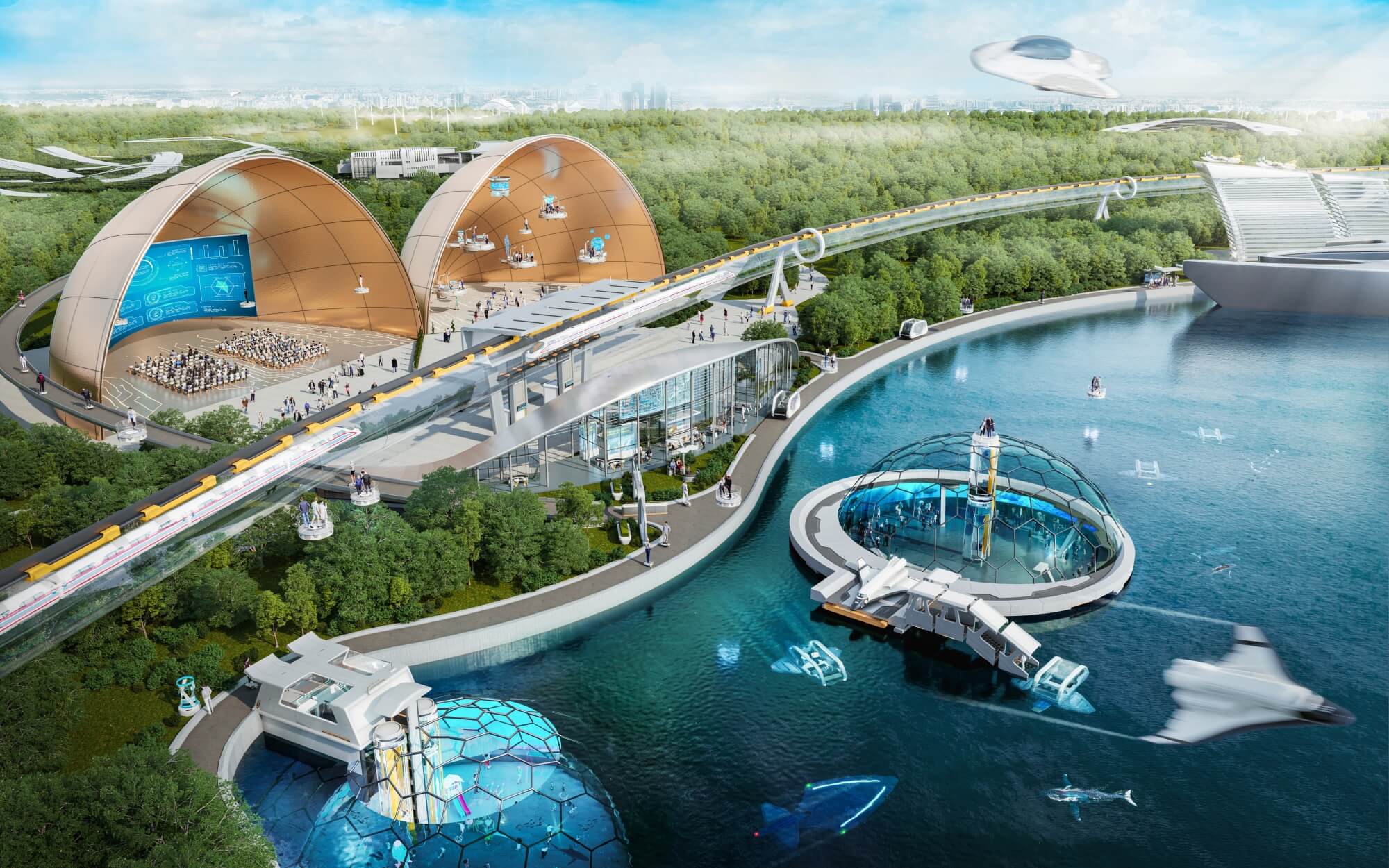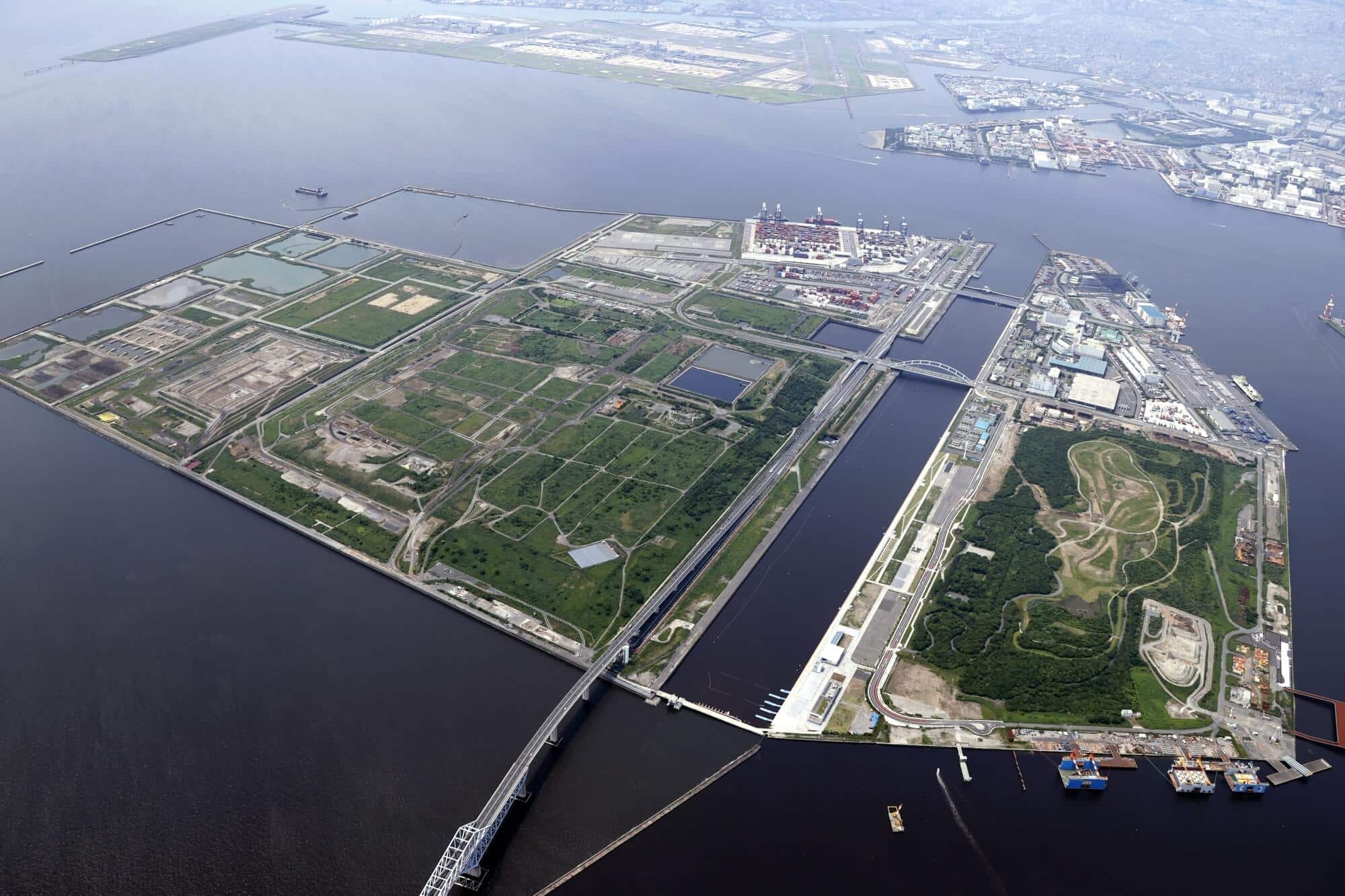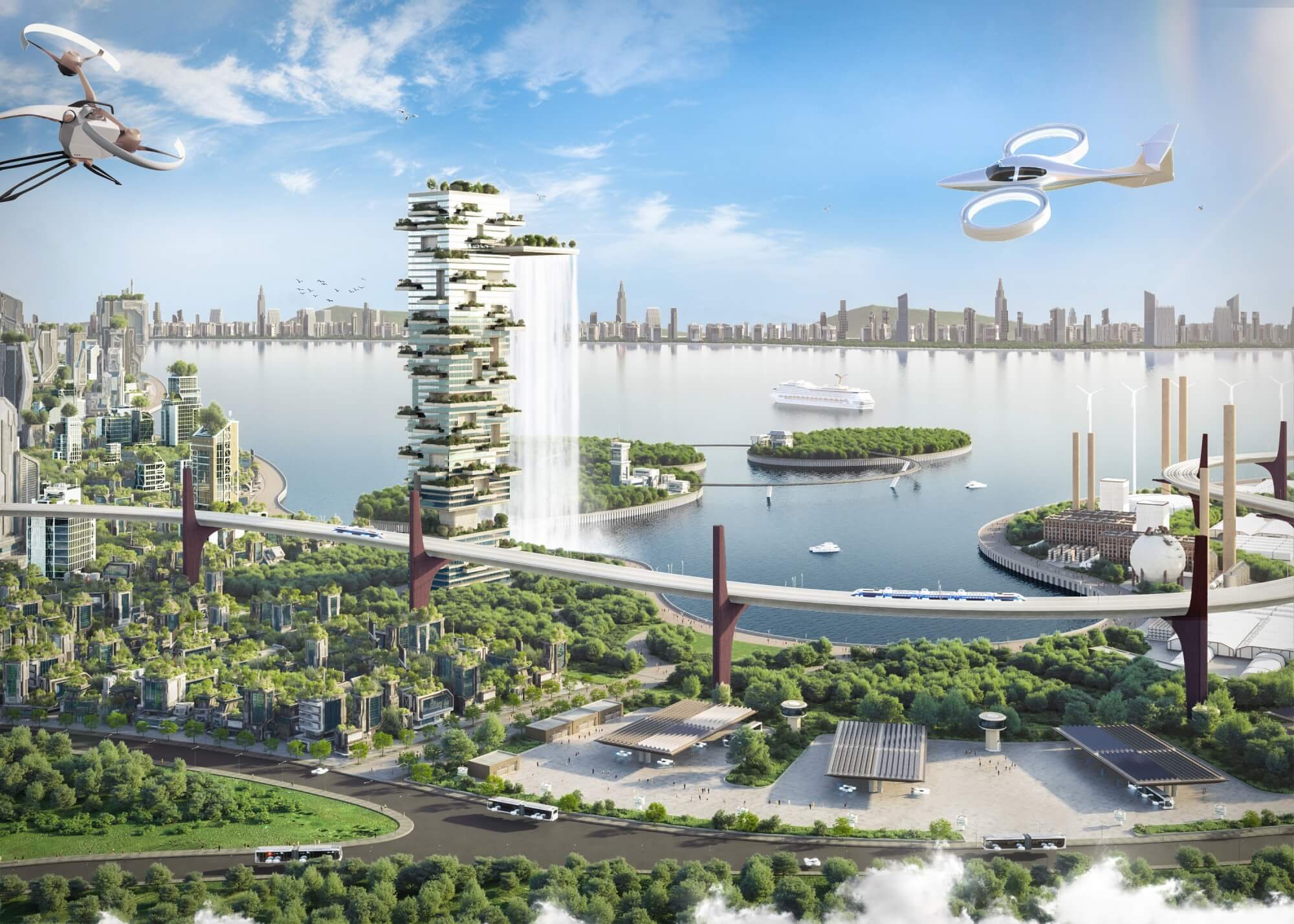In Tokyo, a futuristic city is being planned, which is completely sustainable and economically viable. Green utopia or ecological fantasy?
By Amnon Director, Zivata - Science and Environment News Agency

In recent weeks we have watched the enormous damage he left behind Hurricane Ian In the southern states of the United States: dozens of dead, millions of people left homeless, residential neighborhoods that were completely destroyed, bridges and roads that collapsed, and these are just the big headlines. These pictures reminded us that our cities, where most of the world's population lives, have been in recent years under the threat of natural disasters, such as hurricanes, floods and earthquakes. So what do you do, and how do you protect an entire city from future giant crises?
One of the proposed solutions to the situation is proper and ecological planning of cities that will be built in the coming years; A move that has already been implemented in Japan, with the planning of an extraordinary city that is already taking place these days. The name of the city reminds of a venture in a high-tech company more than a place of residence - Tokyo Bay eSG Project - and probably for good reason: the city will be based on renewable energy technologies, be sustainable with zero carbon dioxide emissions and minimal damage to the environment, and even aims to be a prototype for future cities that will be built.
According to The ambitious vision of the Tokyo municipality, "the city will put the resident first and include rich vegetation, proximity to water and biological diversity, and will be resistant to epidemics and unusual events." Masahiro Yanagisawa, director of the project on behalf of Metropolitan Tokyo, stated that "the Tokyo Bay project will serve as an international model for post-coronavirus cities, sustainable cities and economic viability." So is this a futuristic paradise, or another project that will forever be stuck in the offices of architects?
Crazy little neighborhood
So although "futuristic city" sounds good from a marketing point of view, but to be precise, it is a project of 2,500 dunams, which by the scale of Tokyo is a small neighborhood. The neighborhood will be built in Tokyo Bay, on artificial (man-made) land that has not been inhabited for several decades, and was mainly used for container storage and garbage processing of the local port - and also for several sailing competitions in the Tokyo 2020 Olympics.
The planning of the project may take many years, and it is estimated that the city will be built towards 2050. Until the cranes start working, the city of Tokyo has invited technology companies and organizations from all over the world to use the project area as a platform for various researches on sustainability issues and urban technologies and for finding solutions to complex challenges, such as the natural disasters that threaten our cities Already today.

"Already today there is a list of 50 organizations, commercial companies and research institutions from around the world that offer various projects and that will take part in the research and development of the program," testifies Arie Kotz, an architect and urban planner and certified by the Tokyo Institute of Technology. All projects will focus on creating a sustainable and smarter city with the help of advanced technologies to reduce traffic congestion, greenhouse gas emissions, capture carbon dioxide from the atmosphere, renewable energy and water purification. The City of Tokyo will invest approximately 7.3 million dollars in each research development project.
Green Japan?
Despite the solemn declarations and the fact that this is a project with an impressive and welcome vision, the simulations published by the Tokyo municipality may appear to be platonic illustrations of a futuristic city with flying cars and giant bubbles; The kind of pictures that are published in other ventures in the world and usually do not mature beyond the imaging stage. "It is appropriate to make a separation between the content and the vision of the project and the published simulations", explains Kotz. "These simulations do not demonstrate how high-quality this city is for its residents, but when you read the contents and the schedules, you realize that there is a serious plan here."

Another question that arises when diving into the depth of the project is whether it really constitutes an environmental breakthrough that will succeed in becoming an international prototype. According to Kotz, above all, the project is an important statement on the part of Japan. "Tokyo has decided to be the springboard for the cities of the future by being the place that implements the sustainable vision in practice." Moreover, Kotz maintains that Japan is indeed the most suitable country for the challenge. "Since the 1997s, Japan has undergone a major revolution: from an industrialized and polluting country to an environmental leader. It is no coincidence that the first international environmental treaty on the climate crisis was adopted in Kyoto (Kyoto Treaty, XNUMX, in which it was determined for the first time that the countries of the world should reduce their greenhouse gas emissions - AD)", he explains. "In addition, Tokyo has a long tradition of innovation, progress and leadership, and it is the one that can take this ambitious project on itself."
Coming Soon?
And what about us? Can we see a futuristic Israeli city in the 21st century? "This project is based on a broad vision and long-term thinking, while in Israel they plan for a term, and not even that," says Kotz. "Unlike us, Japan is a country that knows how to plan 50 or even 100 years ahead; It has a tradition of listening to professionals, of continuity and of governmental commitment.'
So if we put aside the dream of the "futuristic Ashdod", which never came up - will we at least take part in Tokyo's ambitious project? "Israeli technologies can definitely find their place in a project in Tokyo," Kotz declares. "In the last decade, Japan finally discovered Israel from a business point of view, so I believe that the Japanese will come to check opportunities with us as well. I certainly look forward to seeing Israeli-Japanese partnerships.'
More of the topic in Hayadan:
